Related Research Articles

The Pour le Mérite is an order of merit established in 1740 by King Frederick II of Prussia. The Pour le Mérite was awarded as both a military and civil honour and ranked, along with the Order of the Black Eagle, the Order of the Red Eagle and the House Order of Hohenzollern, among the highest orders of merit in the Kingdom of Prussia. The order of merit was the highest royal Prussian order of bravery for officers of all ranks. After 1871, when the various German kingdoms, grand duchies, duchies, principalities and Hanseatic city states had come together under Prussian leadership to form the federally structured German Empire, the Prussian honours gradually assumed, at least in public perception, the status of honours of Imperial Germany, even though many honours of the various German states continued to be awarded.
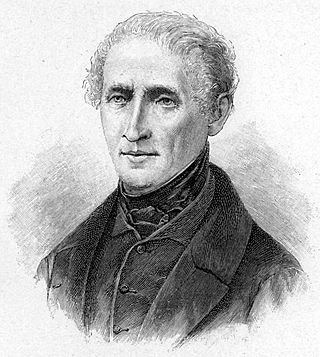
Joseph Freiherr von Eichendorff was a German poet, novelist, playwright, literary critic, translator, and anthologist. Eichendorff was one of the major writers and critics of Romanticism. Ever since their publication and up to the present day, some of his works have been very popular in Germany.
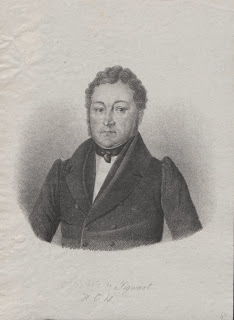
Heinrich Christoph Wilhelm von Sigwart was a German philosopher and logician. He was the father of Christoph von Sigwart, who also was a philosopher and logician.
Franz-Joseph Müller, Freiherr von Reichenstein or Franz-Joseph Müller von Reichenstein was an Austrian mineralogist and mining engineer. Müller held several positions in the Habsburg monarchy administration of mines and coinage in the Banat, Transylvania, and Tyrol. During his time in Transylvania he discovered tellurium in 1782. In his later career he became a member of the imperial council in Vienna and was knighted and elevated to the rank Freiherr in 1820.
Julius Rudolph Ottomar Freiherr von Minutoli was a Prussian chief of police, diplomat, scientist, and author, as well as a gifted draughtsman.

Carl Friedrich von Rumohr was a German art historian, writer, draughtsman and painter, agricultural historian, connoisseur of and writer about the culinary arts, art collector and patron of artists.

Dietrich Heinrich Ludwig von Ompteda was a Hanoverian jurist and government minister.
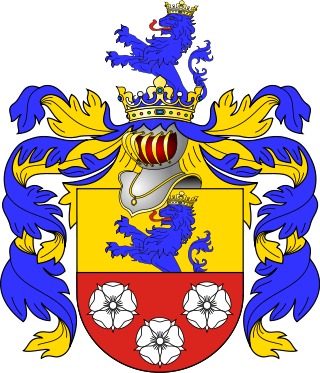
The House of Henckel von Donnersmarck is an old Austro-German noble family that originated in the former region of Spiš in Upper Hungary, now in Slovakia. The founder of the family was Henckel de Quintoforo in the 14/15th century. The original seat of the family was in Donnersmarck in an Austrian part of what is present day Slovakia. In 1629, the family moved to Silesia, an Austrian/German state that was later annexed by Poland in 1945.
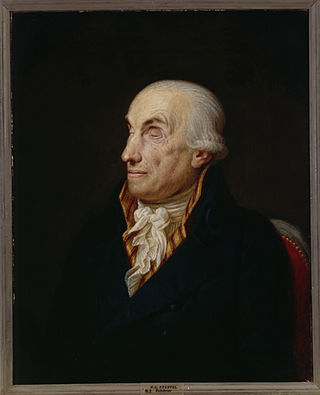
Gottlieb Konrad Pfeffel was a French-German writer and translator from the Pfeffel family. His texts were put to music by Ludwig van Beethoven, Joseph Haydn and Franz Schubert. He is sometimes also known as Amédée or Théophile Conrad Pfeffel, which is the French translation of Gottlieb ("Godlove").

Karl Justus Blochmann was a German educator known for being among the first to introduce the "Pestalozzi method" of education into Saxony.
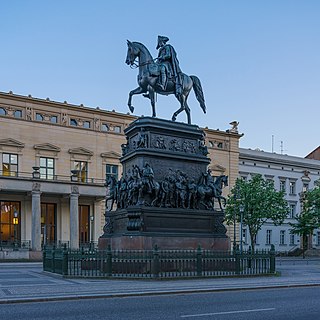
The Equestrian statue of Frederick the Great on Unter den Linden avenue in Berlin's Mitte district commemorates King Frederick II. of Prussia. Created from 1839 to 1851 by Christian Daniel Rauch, it is a masterpiece of the Berlin school of sculpture, marking the transition from neoclassicism to realism. The bronze statue shows "The Old Fritz" dressed in military uniform, ermine coat and tricorne hat on horseback above the leading generals, statesmen, artists and scientist of his time. Walled in during World War II, it was disassembled by East Germany in 1950, reassembled in Sanssouci Park in 1963, and returned to its original location in 1980.
Karl Heinrich August von Burow was a German surgeon and ophthalmologist.
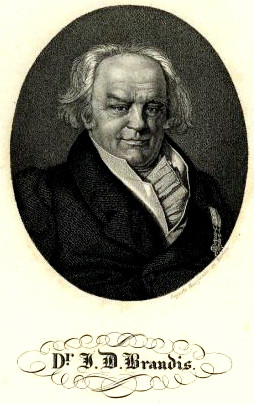
Joachim Dietrich Brandis was a German-Danish physician.

Friedrich Wilhelm Graf von Bismarck was a German lieutenant general, diplomat and military writer. He wrote several major military-political works and military histories, which were very pro-Napoleon.
Gerhard Storz was the son of a Lutheran pastor from Württemberg who at various stages distinguished himself in theatre productions, as a scholar, an educationalist, a politician and an author-journalist, sometimes pursuing one career at a time and sometimes several in combination. Throughout his adult life he liked to see himself as a "language therapist". "Human speech seems to have been encoded, sealed into formulaic structures, and pressed into service for mechanistic operations", he once wrote.
Albert Dohmen is a German operatic bass-baritone who is known internationally for performing leading roles by Richard Wagner and Richard Strauss. He has also worked in concert halls and given lieder recitals.
Ernst Bessel Hagen was a German Applied and Experimental Physicist. With Heinrich Rubens, he identified the so-called Hagen-Rubens equation (1903).
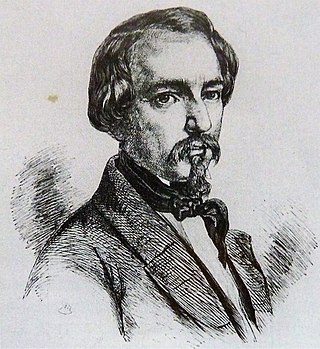
Samuel Friedrich Diez was a German portraitist and court official. He served as court painter to Georg II, Duke of Saxe-Meiningen. An influential artist in royal courts across Europe, he was made Honorary Designer of His Majesty The King of the Belgians by Leopold I of Belgium. Diez also served in a political role at court, and was appointed as a Privy Councillor by Heinrich LXVII, Prince Reuss Younger Line.

Friedrich Konrad Griepenkerl was a German Germanist, pedagogue, musicologist and conductor.

Karl Müller, also Carl Müller was a German late Nazarene painter of the Düsseldorf school of painting.
References
- ↑ "Deutsche Biographie - Sickingen, Karl Heinrich Joseph Graf von" (in German). Deutsche-biographie.de. Retrieved 2022-10-31.
- 1 2 3 4 5 "Deutsche Biographie - Sickingen, Karl Heinrich Joseph Graf von". Deutsche-biographie.de. Retrieved 2022-10-31.
- ↑ "CERL Thesaurus". Data.cerl.org. 2020-09-14. Retrieved 2022-10-31.
- ↑ "Versuche über die Platina. Mit zweien kupfer tafeln / [Karl Sickingen]".
This article needs additional or more specific categories .(October 2022) |